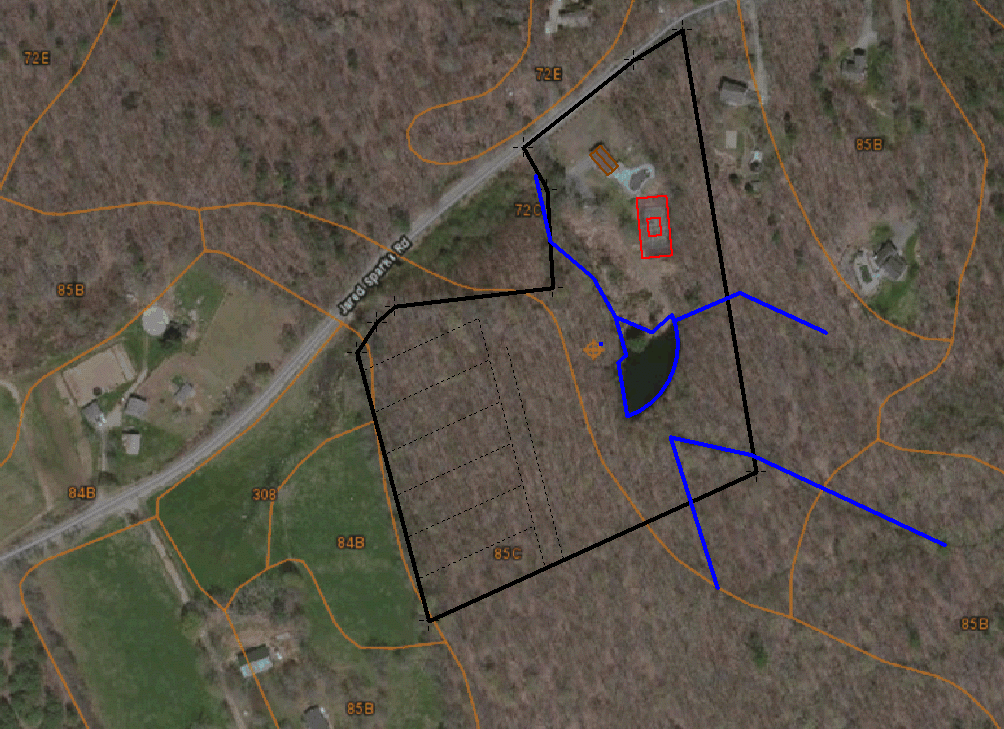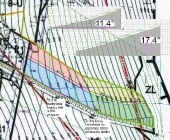








Permaculture in Croatia:
www.perforum.info




 1
1




.
 1
1








Ionel wrote:
Do you have any info on how can i turn this high water table to my advantage ?
Permaculture in Croatia:
www.perforum.info
 1
1








Brandon
 1
1








Ionel wrote:
I'm reading the thread right now.
How can raised beds help with trees ?
Many have roots going at least 2m (7ft) deep...
And how practical would be to use raised beds for 8+ha (20+acres) ?
.
 1
1




Ionel wrote:
The land is flat with very little slope. All the area as far as the naked eye can see is high water table.
 .
.Permaculture in Croatia:
www.perforum.info




 .
.



Brenda
Bloom where you are planted.
http://restfultrailsfoodforestgarden.blogspot.com/
 1
1









Baldwin Organic Garden Share Our home-based garden cooperative. Tribal Wind Arts Rustic Furniture & Artisan-Craftwork from reclaimed suburban trees
















Brenda
Bloom where you are planted.
http://restfultrailsfoodforestgarden.blogspot.com/

|
Hey! You're stepping on my hand! Help me tiny ad!
The new gardening playing cards kickstarter is now live!
https://www.kickstarter.com/projects/paulwheaton/garden-cards
|



